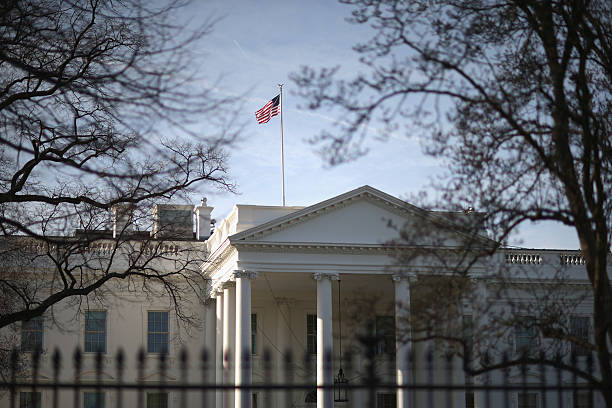This summer, the Biden-Harris Administration announced six new actions to lower electricity bills for working families, funded by the Bipartisan Infrastructure Law. The administration aims to accomplish this by lowering electricity costs and create clean energy jobs, including:
- Connecting families to low-cost solar power
- Connecting states to low-cost solar power
- Empowering rural housing authorities to save families money
- Strengthening America’s solar workforce
- Announcing DOE’s sunny awards for equitable community solar
- Bringing new federal resources to communities
At Just Solutions Collective, we believe that addressing energy burden reduction is an important part of the clean energy transition, to ensure it is equitable and just for working families. Our recent report, Energy Burden and the Clean Energy Transition: Challenges and just solutions from energy assistance practitioners and advocates from around the country, examines fundamental inequities of our current energy landscape and the opportunities to address the issue while our nation considers changes to the power sector. As the administration builds on Infrastructure investments focused on lowering utility costs and reducing energy use such as LIHEAP and the Weatherization Assistance Program, below are the key things to note and consider regarding the administration’s efforts.
LOWERING ELECTRICITY COSTS
Opportunities for HUD-assisted rental housing to subscribe to solar. For the first time, the Department of Housing and Urban Development (HUD) is issuing new guidance that will help “enable families in HUD-assisted rental housing to subscribe to local community solar where available”. HUD approximates that $4.5 million families will benefit from community solar saving 10% per year on average on their electricity bills.
Empowering Rural Housing Authorities to Save Families Money. Building on work from last year, the administration states that HUD will launch a new initiative to “help small rural housing authorities make money-saving energy efficiency upgrades and retain the savings from those projects to reinvest in improvements to rural HUD supported rental housing”.
Both initiatives are important because, in addition to renters, many public housing or housing choice voucher rental assistance households are often left out of the transition to solar and clean energy initiatives because they are not homeowners. Furthermore, efforts need to target rural communities as they often face a multitude of unique challenges that are vastly different from urban communities and differ depending on geographical location.
However, in addition to subscribing to community solar, there is a need for addressing energy burden within the transition in the following ways:
- More Efficient Buildings and Support for Renters and Public Housing (1). A long-term solution is making buildings more efficient so that they use less energy as a way of bringing down costs and addressing the energy burden. Building codes can be effective to enforce compliance with more energy-efficient building standards. For rental units, there is a need for enhancement of building codes, standards, and public investment in bill affordability and energy efficiency for all households of lower incomes. Using building codes to require absentee landlords to make investments in rental property will help bring it up to modern energy codes so people can live in safe quality energy-efficient housing. More advocacy and programs need to prioritize investments in people’s homes by addressing poor housing conditions and the legacies of environmental hazards and energy inefficiencies.
- Greater Access to Energy-Efficient Appliances (2). In addition to building efficiency, tenants should have greater access to energy-efficient appliances, specifically tenants in public housing. Public housing agencies should install energy-efficient appliances in public housing buildings where lower-income households already live. This will provide direct access to renewable energy for LMI households that does not require upfront costs to households.
CREATING CLEAN ENERGY JOBS
Strengthening America’s Solar Workforce. DOE will announce $10 million in funding to “support new workforce programs that expand union density and increase participation from underserved and underrepresented groups in the rapidly growing solar industry”. This funding is part of the Bipartisan Infrastructure Law’s Advancing Equity through Workforce Partnerships. It is important to note that the clean energy sector is one of the fastest growing sectors of our economy, therefore solar jobs must be going to frontline communities and those most impacted by climate change, in particular, it can do more to:
- Train and Employ Black and Women Workers in the Workforce (4). According to the 2022 U.S. Energy & Employment Jobs Report (USEER), the energy sector experienced positive job growth from 2020 to 2021 across all sectors and outperformed job growth in the economy overall (4% compared to 2.8%), solar energy jobs increased by 5.4%, adding 17,212 new jobs. However, the sector currently employs fewer Black and women workers.
As the Biden Administration aims to lower electricity bills for working families, it is key to address energy burden reduction as an important part of the clean energy transition, to ensure it is equitable and just for working families. According to experts in the field (5), solutions and recommendations to address energy burden during the transition to clean energy include increasing funding and program investments for lower-middle income households, improving program and policy design that explicitly address energy burden, increasing program participation, creating more efficient buildings and support for renters, and improving utility rates and targeting of programs. For access to the full report, please visit our Solutions Library here.
—
Sources:
- Energy Burden and the Clean Energy Transition: Challenges and just solutions from energy assistance practitioners and advocates from around the country. Just Solutions Collective, 2022.
- Ibid.
- The U.S. Energy and Employment Report (USEER), 2022.
- Ibid.
- Energy Burden and the Clean Energy Transition: Challenges and just solutions from energy assistance practitioners and advocates from around the country. Just Solutions Collective, 2022.
